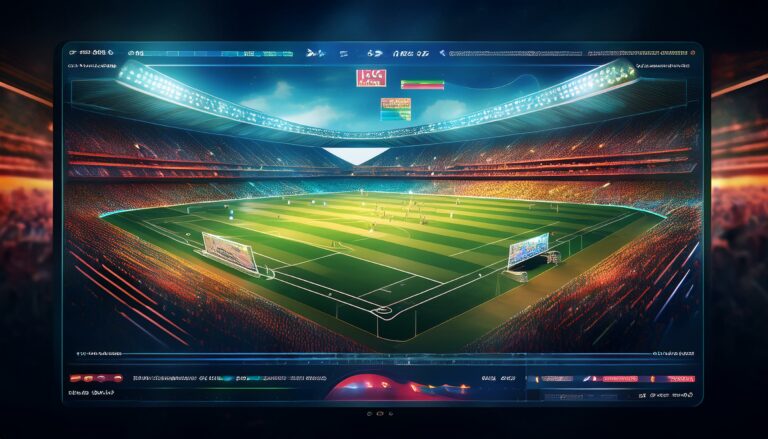The Role of Ball Design in Swing, Seam, and Spin
Playexch, Tigerexch247: When it comes to the construction of cricket balls, the materials used play a crucial role in determining the quality and performance of the ball. Traditionally, cricket balls are made using a cork core that is layered with tightly wound string. The outer layer is typically made of leather, which is hand-stitched to provide durability and grip for the bowlers. The type of leather used can vary depending on the manufacturer and the intended use of the ball, with some balls being specially treated to enhance their water resistance and longevity.
In addition to the core materials, the weight and size of the ball are also standardized to ensure consistency in performance across different matches and playing conditions. A standard cricket ball weighs between 155.9 to 163 grams and has a circumference of 22.4 to 22.9 centimeters. These specifications are crucial in maintaining the balance between the bat and ball, as well as ensuring that bowlers can achieve optimal swing and spin movements during gameplay.
Impact of Seam Design on Swing Movement
Seam design plays a crucial role in determining the movement of the cricket ball through the air. The orientation and shape of the seam can greatly influence the swing of the ball, making it an essential aspect for bowlers to master. By manipulating the seam position, bowlers can generate either conventional swing, reverse swing, or even mixed swing, adding an element of unpredictability to their deliveries.
Conventional swing is achieved when the seam is kept upright and in line with the direction of the ball’s movement. This type of swing causes the ball to move in the same direction as the shiny side of the ball, creating a curving trajectory in the air. On the other hand, reverse swing occurs when bowlers orient the seam towards the shiny side of the ball, leading to late movement away from the batsman. Understanding how different seam positions affect swing movement can give bowlers a significant advantage on the field, enabling them to outsmart batsmen and take crucial wickets.
What is the role of ball construction and material composition in swing movement?
The construction and composition of the ball can affect its aerodynamics, which in turn can impact its swing movement. Factors such as the weight distribution, hardness, and seam design can all play a role in how the ball moves through the air.
How does seam design affect swing movement?
Seam design plays a crucial role in swing movement, as it can create turbulence around the ball and affect its trajectory. A well-designed seam can help bowlers achieve greater swing movement, both conventional and reverse.
Can changing the seam design of a ball improve swing movement?
Yes, changing the seam design of a ball can potentially improve its swing movement. Bowlers and manufacturers often experiment with different seam designs to achieve desired swing effects on the ball.
Are there specific seam designs that are known to enhance swing movement?
Yes, certain seam designs like the banana seam or the quarter seam are known to enhance swing movement. These designs create more turbulence around the ball, leading to greater movement in the air.
How can bowlers leverage the impact of seam design on swing movement to their advantage?
Bowlers can study and understand how different seam designs affect swing movement and use this knowledge to their advantage. By selecting balls with optimal seam designs and mastering their bowling technique, bowlers can maximize swing movement and outsmart their opponents.






